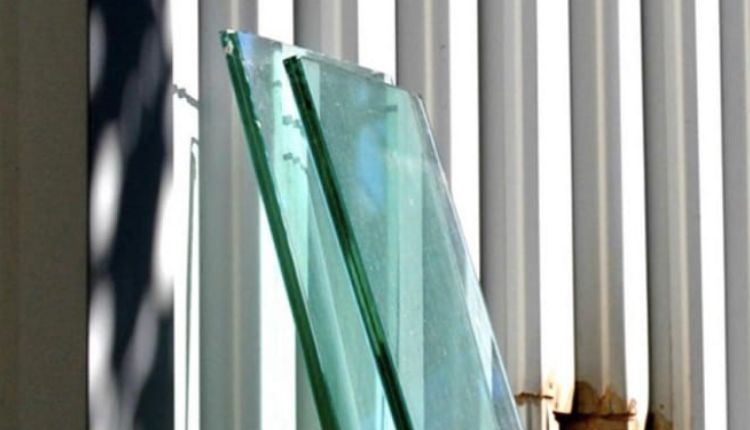Whether you are building a new house or you are simply looking to upgrade your existing windows, there are some key questions to ask about the difference between vacuum insulating glass and insulating glass. These questions will help you make the right choice in your home.
History of the VIG technology
Historically, vacuum insulated glass technology has been a difficult process to produce. In fact, the first successful commercial vacuum insulating glass project occurred in 1997 at the University of Sydney in Australia.
To achieve high thermal insulation, a thin layer of vacuum is sandwiched between two layers of glass. In this manner, the insulating properties of the IGU are greatly enhanced. The VIG can be a major improvement over conventional double glazing, and its use will help to reduce energy costs.
One problem with vacuum insulated glass is its cost. Due to a limited number of manufacturers, it is not widely available. However, it is expected that this technology will become more affordable, resulting in a wider market for vacuum double glazing.
The history of vacuum insulating glass technology began in the 19th century with the invention of the vacuum flask. In addition, a German scientist, Zoller, was the first to develop an insulating glass that used a gas for insulation.
Top-class heat insulation performance
Developed by Panasonic Corporation, vacuum insulated glass achieves top-class heat insulation performance. It provides superior thermal insulation and acoustic insulation. It can be used in both aesthetic and practical applications.
The vacuum layer is supported by transparent pillars. These pillars have usually been made of high strength metal. This is because the mechanical load of the atmospheric pressure needs to be distributed uniformly over the pillars.
Vacuum insulated glass was first described in 1913 in a German patent. In recent years, vacuum technology has been used to develop non-transparent insulating products.
As a result, vacuum insulated glass is much smaller than other window glass types. In addition, it is airtight. This reduces radiative heat transfer, increases acoustic insulation and provides a noise-free field of vision.
Non-evaporable getters
EG type getters may be activated using microwave or RF radiation from a coil placed outside the VIG unit. They may also be flashed. During activation, an exothermic reaction is initiated between the metal and gas, resulting in a further increase in temperature to about 1100-1200 degrees C.
The temperature of EG getter material depends on the composition of the metal and the pressure drop in the container. After activation, the getter material ends up in a getter container 38 that is open at the sidewalls to optimize evaporation. The getter material is supported by a porous coating 36 to enhance sorption capacity and the active gettering surface. The metal in the getter material condenses in the form of a film on the adjacent inner surfaces of the VIG unit.
Thermal expansion causes cracks in windows
Typically, a vacuum insulated glass window consists of two or more glass panes that are separated by spacers made of aluminum or plastic. The main purpose of these devices is to prevent glass panes from sagging. In addition to improved thermal insulation, these products may also help reduce noise.
Traditionally, windows have been constructed with a single glass pane. These single panes are poor insulators. In fact, the R-value of a single pane is approximately 1. In recent years, however, the technology has been developed for the purpose of making windows more energy efficient. This has spawned a whole new class of insulated glass windows, which are capable of reducing heat transfer from the sun and improving overall comfort. These units are suitable for commercial or residential use.
Life of insulating glass units
Typically, IGUs last for 10 to 20 years, depending on the quality of materials used and workmanship. However, they are vulnerable to premature failure if they fail to seal the edges of the glass panes. Companies in the UK and Ireland offer restoration services to customers who experience a failure of a double-glazed unit.
There are several reasons why an IGU fails. First, if the spacer is not supported, the glass will deform and transfer energy. Secondly, the contact between the glass and the spacer can increase stress on the glass, causing undesirable stress. This can increase when the glass is exposed to atmospheric pressure or if there are large temperature differences between the inner and outer panes.
Alternatively, there is a possibility that the glass will fail due to a low compression seal. This can lead to the transfer of energy and cause catastrophic failure of the insulated glass unit. To avoid this, manufacturers may use structural foam to decrease heat transfer. They must also ensure that their machinery meets the requirements of the glass industry for automation and reliability.

